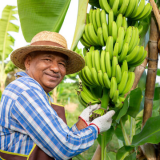

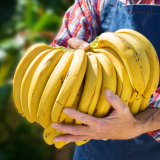

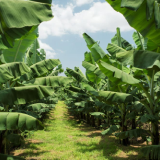
A fruit that is loved by all
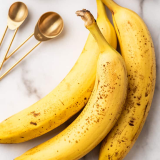
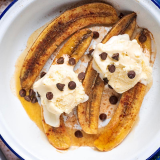
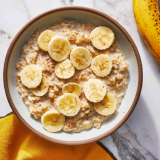


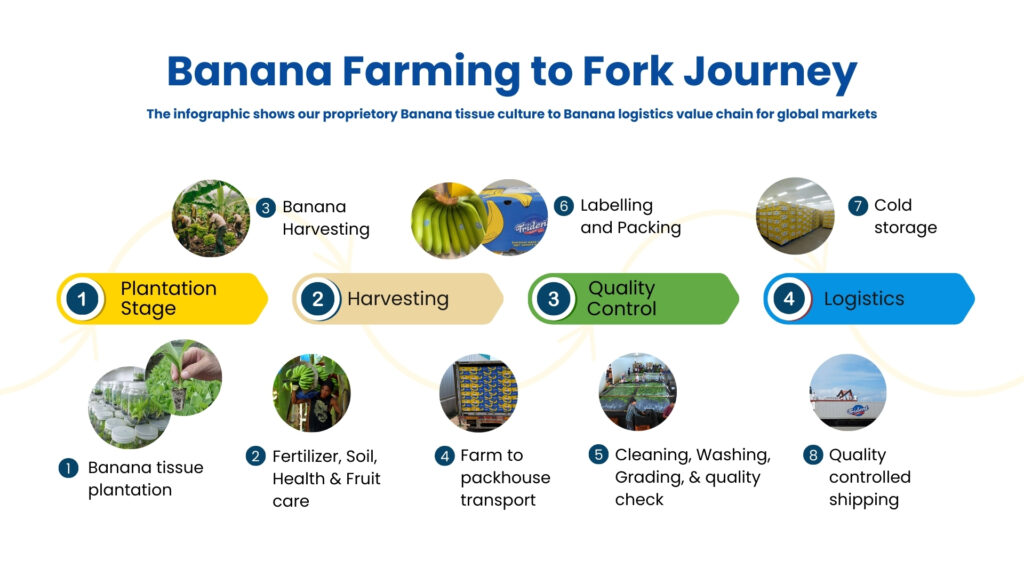
Trident's Banana Farming to Fork Journey

Quality and safety tested

Zero Waste Output

Top Notch Fruit Care
Banana Plantation at our Farms
We carefully grow our fresh produce with careful soil testing, use of organic fertilizers and utmost fruit care to bring you Trident’s fresh produce from farm to table.

1. Site Selection and Preparation
Climate: Bananas thrive in tropical and subtropical climates with plenty of rainfall and warm temperatures.
Soil: Well-drained, fertile soils are ideal. Bananas prefer slightly acidic to neutral pH levels.
Land Preparation: The land is cleared, and the soil is tilled to remove weeds and prepare it for planting.

2. Planting
Propagation: Bananas are typically propagated using suckers or tissue culture. Suckers are young shoots that grow from the base of the banana plant.
Spacing: Plants are spaced about 8-10 feet apart to allow for their large size and ensure adequate air circulation.
Planting: Suckers or seedlings are planted in holes, and the soil is packed around them to secure them in place.

3. Maintenance and Care
Watering: Bananas need consistent moisture, so irrigation may be necessary, especially in dry periods. Fertilizing: Regular feeding with balanced fertilizers helps promote healthy growth and fruit development. Weed Control: Weeds are controlled through mulching or herbicides to reduce competition for nutrients and water. Pest and Disease Management: Monitoring for pests like banana weevils or diseases like Panama disease is crucial. Integrated pest management (IPM) techniques may be used.

4. Growth and Development
Vegetative Growth: The banana plant develops a pseudostem from which the leaves emerge. The plant continues to grow and mature over several months.
Flowering: The banana plant produces a large flowering structure known as an inflorescence. This eventually gives rise to banana hands (clusters of bananas).

5. Fruit Development
Fruit Formation: Bananas develop from the flowers and are initially green. They grow in clusters, and over time, they fill out and elongate.
Maturation: Fruits take several months to mature. They are typically harvested when they reach the desired size and before they start to turn yellow.

6. Harvesting
Timing: Bananas are usually harvested when they are still green but have reached full size. This ensures they ripen properly during transportation.
Cutting: The bunches are cut from the plant with a sharp knife or machete, and the fruit is handled carefully to avoid bruising.

7. Post-Harvest Handling
Cleaning and Sorting: Bananas are cleaned and sorted based on size and quality.
Ripening: They are often ripened in controlled environments to ensure uniform ripening and to meet market standards.
Packaging: The bananas are packaged for transportation. Proper packaging helps prevent damage during transit.
Trident Bananas - A Hallmark of Quality
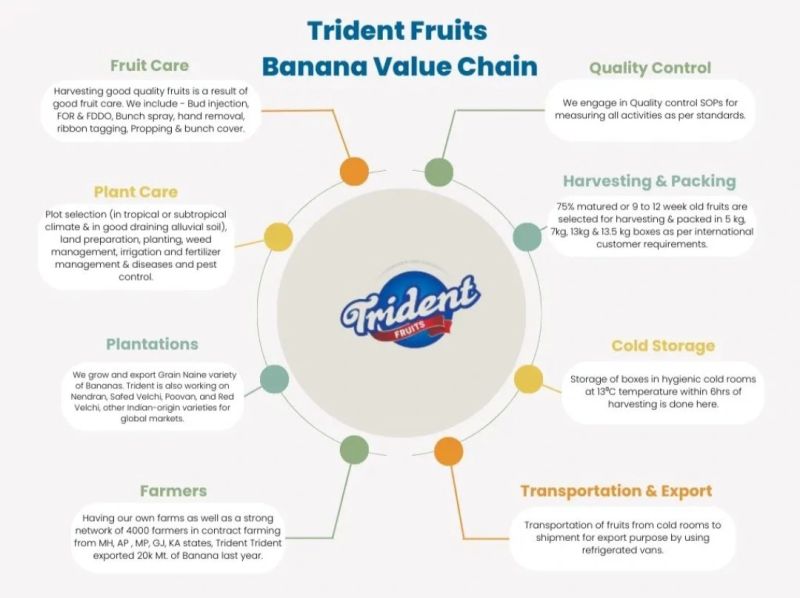
We source our Bananas from the most pristine farms with our motive of providing goodness around the world. We export more than 100 containers a month, globally.
We are the ONLY company in India with a ZERO WASTE OUTPUT management system. Our bananas are residue free.
We work with world class logistics and labs to ensure the fresh produce meets the uniformity and quality required by global businesses that we work with.
Our Banana Specifications
Specifications
Length - 6 inch
Calibre - 40mm to 46mm
Banana Maturity Age - 11 weeks to 13 weeks
10k+ Farmer Network
Our network of 10,000+ farmers spans Maharashtra, Andhra Pradesh, Tamil Nadu, and Telangana, exporting bananas to the Middle East and beyond.
Optimal Temperature
We assist in logistics & freight forwarding through our reliable, temperature-controlled carrier. We store the bananas in reefer containers at 13.3°C to 14.4°C.

Box Weight
7 to 19 Kg Net
Variety of Hands - 3/4/5/6
Availability
Availability of Trident Bananas is round the year.
Logistics
Logistics & Freight Forwarding includes Shipping through our reliable, temperature-controlled carrier. We store the bananas in reefer containers at 13.3°C–14.4°.
Trident Banana Value Chain

Planting Stage
Harvesting
Quality Control
Logistics
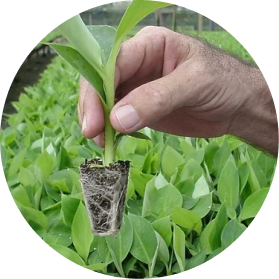
Banana Tissue Plantation
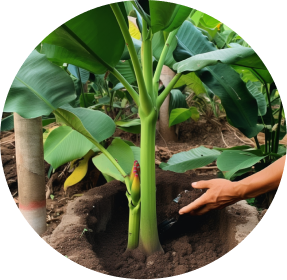
Fertilizer and Care
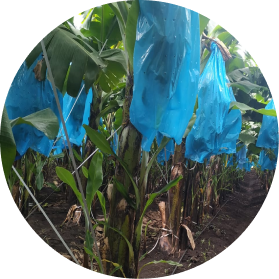
Banana Harvesting
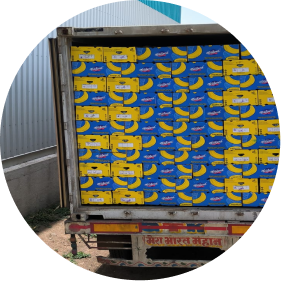
Farm to Packhouse Transport
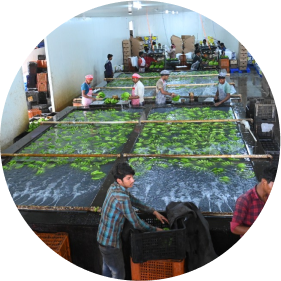
Cleaning, Grading, Quality checks
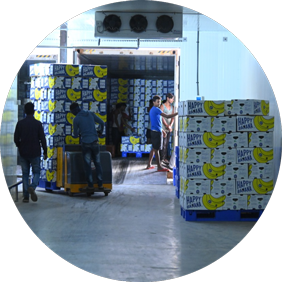
Labelling and Packaging
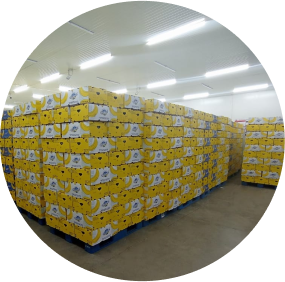
Cold storage

Climate controlled shipping
Some Facts That Will Make
You Go Bananas






Discover More about this Superfruit
Still have questions ?
Can’t find the answer you’re looking for? Please chat to our friendly team.
